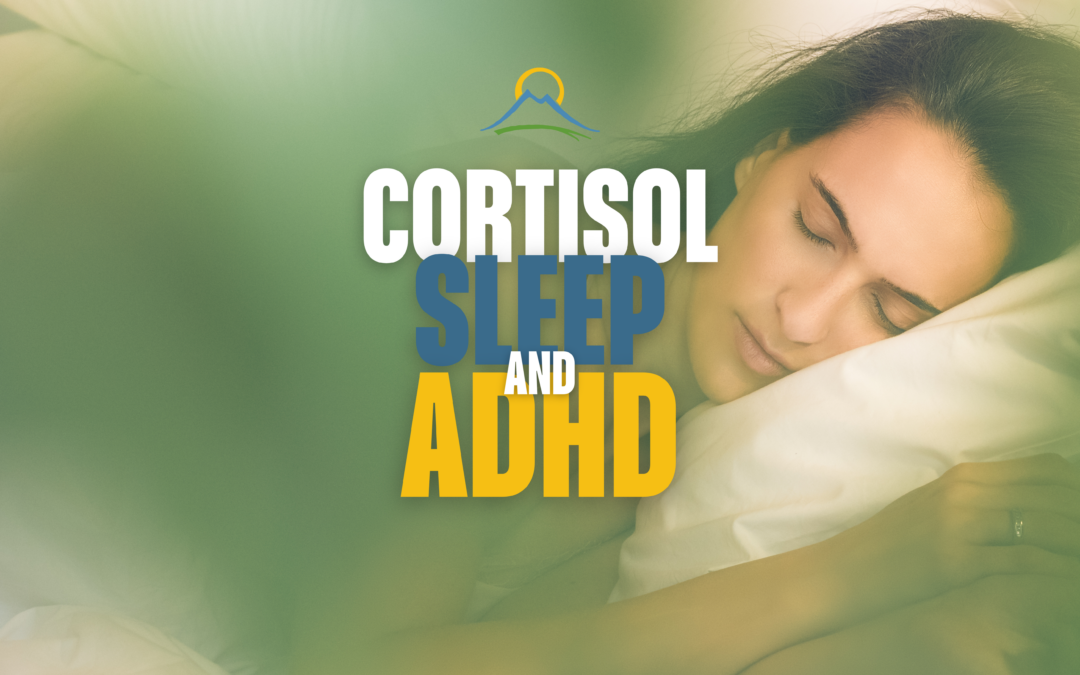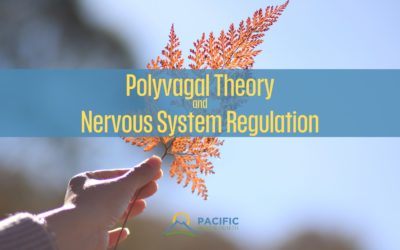During childhood, a child’s mind develops in response to the environment they experience. When a child grows up experiencing physical, sexual, and/or emotional abuse, or neglect, and there is no support or protection given by a parent or other primary caregiver, neural integration of these traumas does not occur. Therefore, the defense systems created during childhood stay with the person into their adulthood – whether the defenses are needed or not. Defense systems are unconscious psychological responses that protect people, such as feelings of anxiety (Pace, 2003).
We Carry Unhealed Trauma with Us

As adults, it can be so difficult to resolve and heal childhood trauma due to dissociation and fragmentation. Dissociation is a sense of being disconnected from one’s experience and/or body. Fragmentation is when memories and sensations are stored in the mind and body in an incoherent way. Dissociation and fragmentation are protective mechanisms, allowing the mind and body to cope with overwhelming stress, such as child abuse.
Trauma overwhelms a child’s system, and the sensations and memories created at the time of the trauma are not assembled into a coherent narrative. Instead, they are fragmented into isolated memories and sensations (Levine, 2010). This is why adults who have experienced childhood trauma may report having difficulty bringing to mind memories from their childhood or why they may experience gaps in their memories.
On the other hand, it is also common for those who have experienced trauma to suffer from recurring, vivid flashbacks or nightmares. However, whether the trauma is “remembered” or not, research shows that trauma affects all aspects of one’s being and is remembered and carried in the body/mind complex. Unresolved trauma is often at the root of anxiety and depression. Additionally, it takes tremendous energy to function and live life as an adult while carrying unresolved childhood trauma in your body, as well as the shame that is so often inextricably linked with trauma (van der Kolk, 2012).
Lifespan Integration Heals Trauma without Re-Traumatizing
Lifespan Integration works with a person’s life narrative, or life story. Human beings are unique in that we can visualize ourselves in the past, as well as project ourselves into the future. We organize ourselves around our life stories, and because memory is fluid, we are continually able to integrate new information.

The process of Lifespan Integration therapy works on the neurological level by helping to change a person’s neural organization and structures. What this means is that Lifespan Integration helps to heal trauma by integrating the fragmented selves of the traumatized person into a coherent, whole self. (Pace, 2022). This is done gently and supportively by creating conditions which optimize neuroplasticity.
Neuroplasticity is the ability of the brain and nervous system to form and reorganize synaptic connections. Over several sessions of Lifespan Integration therapy, a person’s system reorganizes itself into a more stable and coherent whole. The result is feeling “whole” or embodied, as opposed to feeling fragmented and dissociated. Also, many people who have experienced childhood trauma do not feel like “they know themselves” or “have a strong connection to self.” This reorganization allows people to feel attuned, as well as connected to their authentic self (Pace, 2012).
Conclusion
If you have experienced childhood trauma in the form of neglect, physical abuse, emotional abuse, or sexual abuse, Lifespan Integration therapy may be very effective in helping you to heal your trauma, without being retraumatized. Lifespan Integration can only be offered by a trained therapist, so it is important to work with a therapist who is trained in Lifespan Integration, as well as with a therapist you feel safe and comfortable with.
References
- Levine, Peter. (2010) In an Unspoken Voice: How the Body Releases Trauma and Restores
Goodness. 1 – 162. - Pace, Peggy. (2012) Connecting Ego States Through Time: Lifespan Integration. 1 – 112.
- Pace, Peggy. (2022) Lifespan Integration Training Manual. 1 – 75.
- van der Kolk, Bessel. The Body Keeps the Score: Brain, Mind, and Body in the Healing of
Trauma. 1 – 331.








0 Comments